10 Books for talking to children about emotions
It takes time for children to learn to recognise and manage their feelings. Talking to children about emotions can help this process. Talking is usually best done when everyone is calm and no-one is overly emotional. Reading a book together can help young children to reflect on feelings (their own and other people’s) and can prompt conversations about how emotions are expressed.
Here are my favourite books for talking to children about emotions – I hope you find them useful.
*This post contains affiliate links
 The Big Angry Roar (by Jonny Lambert)
The Big Angry Roar (by Jonny Lambert)
I really like The Big Angry Roar because it is great for starting a conversation about emotions but one that could go in lots of different directions. You could end up playing lions on the floor, or talking about the lion inside everyone, or deciding what you would do if you were the lion in the story. A great conversation starter with lovely illustrations (for 3-6yrs).
 When Sadness Comes to Call (by Eva Eland)
When Sadness Comes to Call (by Eva Eland)
I love When Sadness Comes to Call– for its message to parents as much as to children. As parents, when our children are feeling sad, our temptation is to jump in and try and fix things. when what we really need to do is to listen empathetically, acknowledge their sadness, normalise it and help our child to find a way through it. This book will not only send the reassuring message to your child that’s it’s ok to be sad, it will help you learn to do that too. (4yrs+)
Feel Your Feelings (by Scott Stoll and Sara E. Williams)
(by Scott Stoll and Sara E. Williams)
This is a great book for talking about the wide range of emotions people can have. Each page focuses on a different feeling (positive and negative) and prompts you to find words to describe that emotion. You could also talk about good ways to express those emotions and practise role-playing those. Feel Your Feelings is especially good for 4- to 6-yeard-olds.
 Alexander and the Terrible, Horrible, No Good, Very Bad Day (by Judith Viorst)
Alexander and the Terrible, Horrible, No Good, Very Bad Day (by Judith Viorst)
Alexander and the terrible, horrible, no good, very bad day is a real classic – 40 years old but still a thoughtful and charming read. It tells a simple story about a day in which everything goes wrong – but the real focus is on how Alexander feels and the choices he has about how to respond to the rubbish things that happen that day. Perfect for starting “How do you feel when….” conversations with 3- to 8-year-olds.
 Meltdown (by David Griswold)
Meltdown (by David Griswold)
If your child is prone to meltdowns, this is a lovely book for sparking non-judgmental conversations about how those feel and teaching your child coping skills. The aim of Meltdown is to normalise big feelings and show how we have choices about managing and expressing our feelings. There are some really helpful notes at the back of the book for parent too. (3yrs+)
 When Sophie Gets Angry – Really, Really Angry (by Molly Bang)
When Sophie Gets Angry – Really, Really Angry (by Molly Bang)
The illustrations in When Sophie Gets Angry-Really, Really Angry are beautiful. But the real point of reading it is to talk about how anger feels, what it makes you want to do and what you can do instead. The book communicates its messages on lots of different levels. The colours map Sophie’s feelings – when she is full of rage the pictures are dominated by reds which then fade to yellows as she calms down. Sophie manages to calm down by running off and going for a long walk – this might not be an option that you would recommend but it can be used to start a discussion about what might work to help your particular child feel calmer. (4- to 8-year-olds)
 How are you feeling today? (by Molly Potter)
How are you feeling today? (by Molly Potter)
What I like about How are you feeling today? is that it doesn’t just focus on negative emotions. Children can find positive emotions (like excitement) equally overwhelming and this book includes a great selection of feelings and focusses on practical coping strategies that children can use for dealing with that emotion. So it’s great not just for talking to children about emotions in general but for identifying their specific emotions that day and coming up with a plan for dealing with them. Read our interview with Molly Potter for ideas how to use this book! (Age 4+)
 Feelings (by Libby Walden)
Feelings (by Libby Walden)
Feelings: Inside my heart and in my head is aimed at children aged 4yrs+ but personally I think it best suits children in the 5/6yr bracket who can sometimes struggle with self-regulation in those first years at school. The illustrations are truly beautiful and open up the potential for some really quite sophisticated conversations about feelings and how they colour our world and shape how we act.
 The Way I Feel (by Janan Cain)
The Way I Feel (by Janan Cain)
The Way I Feel uses poems to articulate a selection of common emotions and presents them as very simply part of being human. There is no focus on behaviour, just on how emotions feel, so it is the perfect springboard for talking to children about emotions in general and helping them to recognise those feelings in themselves. The illustrations are simple and effective and the poems are good enough just to enjoy for their own sake. (Age 3+)
 Hands are not for hitting (by Martine Agassi)
Hands are not for hitting (by Martine Agassi)
The focus of Hands are not for Hitting is on helping children refrain from expressing anger and frustration in violent or aggressive ways. The book goes through a long list of all the wonderful things that hands can be used for and there are notes and suggestions for adults on how to apply the learning from the book. Some parents report success with this book from as young as two years old!
These are my favourites – if you have any books for talking to children about emotions that you would like to recommend, please do comment below. Or why not watch this free video tutorial for ideas for self soothe strategies to help your child calm themselves down?
You might also like these Books for teaching children social skills or Books for helping children manage friendship problems.
*This is not a sponsored post, I wrote it in response to the questions I am frequently asked during my parenting clinics. However, it does contain affiliate links which means that if you click through from this post and buy a book, the Positive Parenting Project will receive a small commission. There is no additional charge to you. This helps us keep providing free content. For more info, see Disclosure Notice.

 The Big Angry Roar
The Big Angry Roar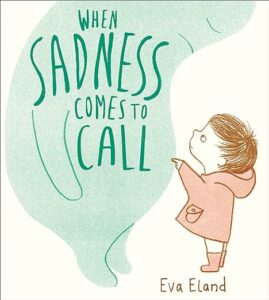 When Sadness Comes to Call
When Sadness Comes to Call
 Alexander and the Terrible, Horrible, No Good, Very Bad Day
Alexander and the Terrible, Horrible, No Good, Very Bad Day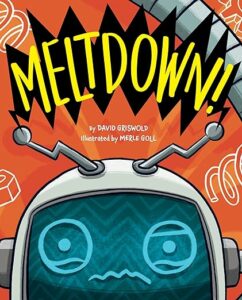 Meltdown
Meltdown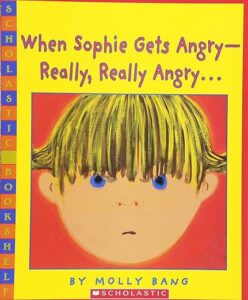 When Sophie Gets Angry – Really, Really Angry
When Sophie Gets Angry – Really, Really Angry How are you feeling today?
How are you feeling today? Feelings
Feelings The Way I Feel
The Way I Feel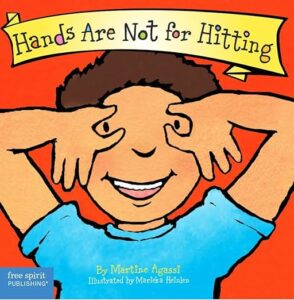 Hands are not for hitting
Hands are not for hitting


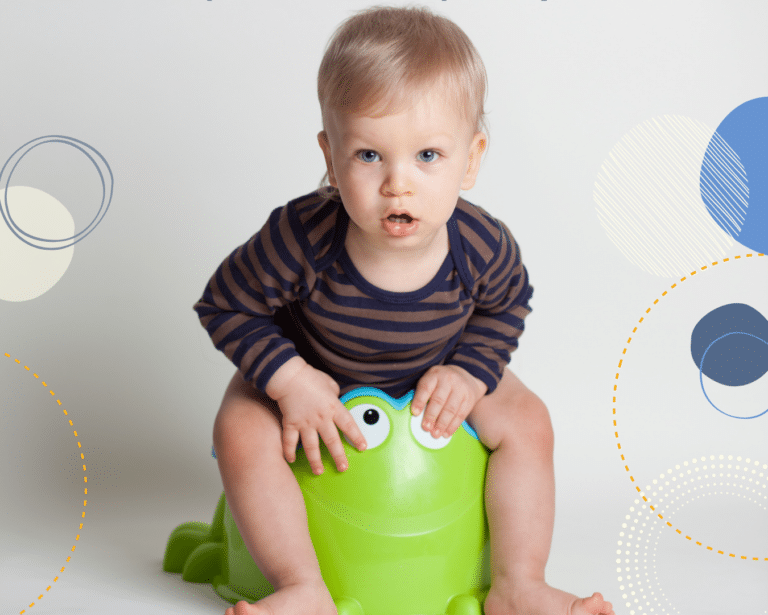
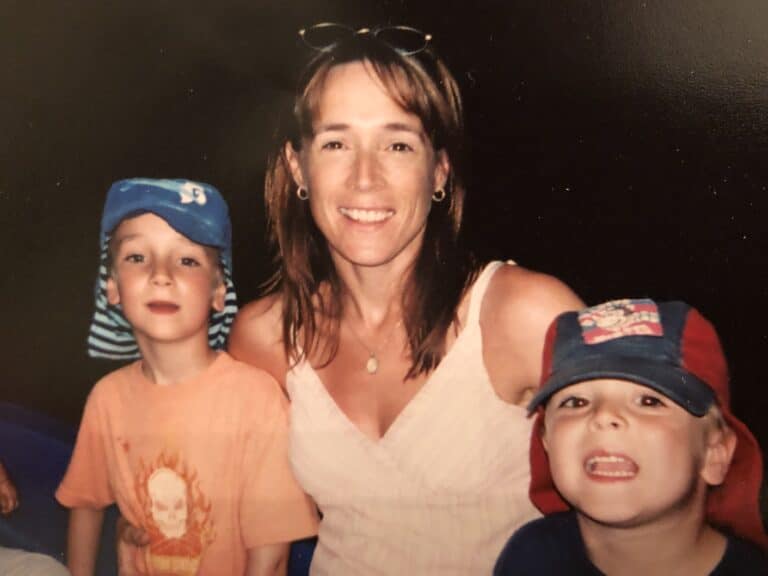
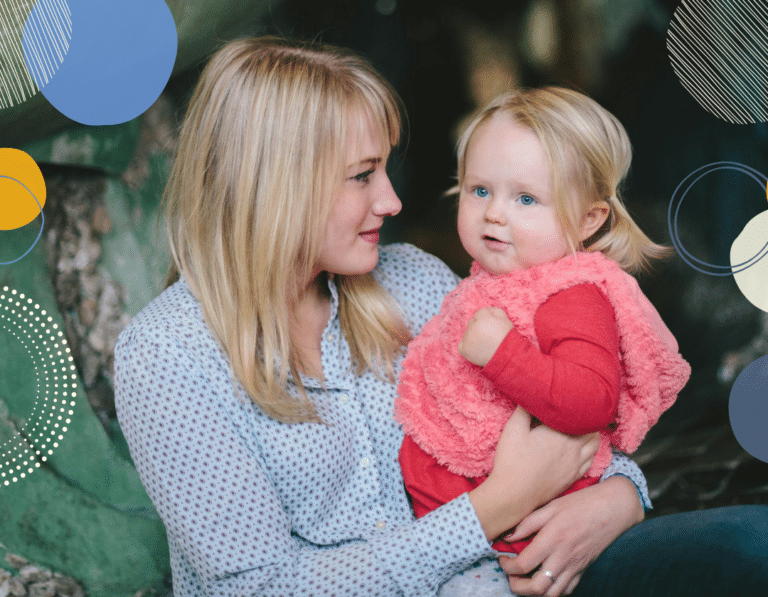
This is a great list. Thank you for sharing 🙂
#readwithme
I love to spread the word about great books!
Some great choices, I’m at the stage with my 3 year old where I’m trying to help her decipher her own emotions and these look like they could help a lot. Thanks for sharing with #ReadWithMe
I think 3 yr olds respond really well to talking about emotions through books, often much better than trying to talk to them about real people’s feelings!
These sound great for younger children. I wonder if my feisty 3yo niece would get the message? 😉
Feisty is good…. but feisty plus being able to understand where other people are coming from is even better!
We live the ones from Quarto ‘ Everyone feels…’ we have the angry and sad ones.
They are great for helping children manage big emotions
#readwithme
Great tip, thanks!
This is a great list, a good resource too as it can be quite a difficult area for little ones to cope with.
#readwithme
I think it is worth having a few choices to suit your (and their) personal taste.
Thanks for sharing these. I have three boys and our oldest (8) has always been very emotional. We have a few books about emotions but none of these ones, so thanks for the recomendations. #readwithme
I love it when I get tip-offs from other parents about useful resources so always keen to pass them on 🙂
I know this is an old post but a few more ideas in case helpful. The Huge Bag of Worries is also good for talking about feelings – even used in schools to discuss how to deal with worries in KS1. And my 6 yo likes The Invisible String for when I travel with work. “Something Else” by Kathryn Cave also provoked discussion about being the same or different and how that makes you feel.
Brilliant – thank you so much for that, I will definitely check those out!
“In My Heart: A Book of Feelings” by Jo Witek is our absolute favourite. Beautifully illustrated and discusses “good” and “bad” feelings and gives them colours, shapes, etc. Brilliant with my 3 year old as I can just ask her, what colour is your heart today?
Thanks so much for the recommendation, I will definitely check that one out!